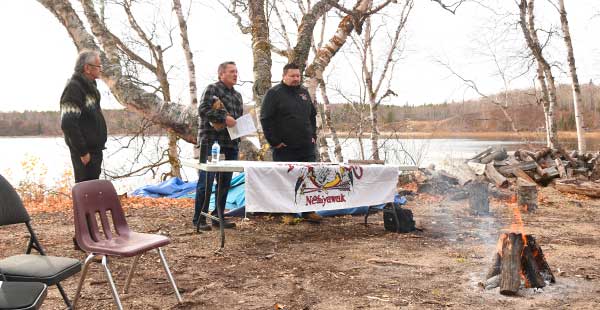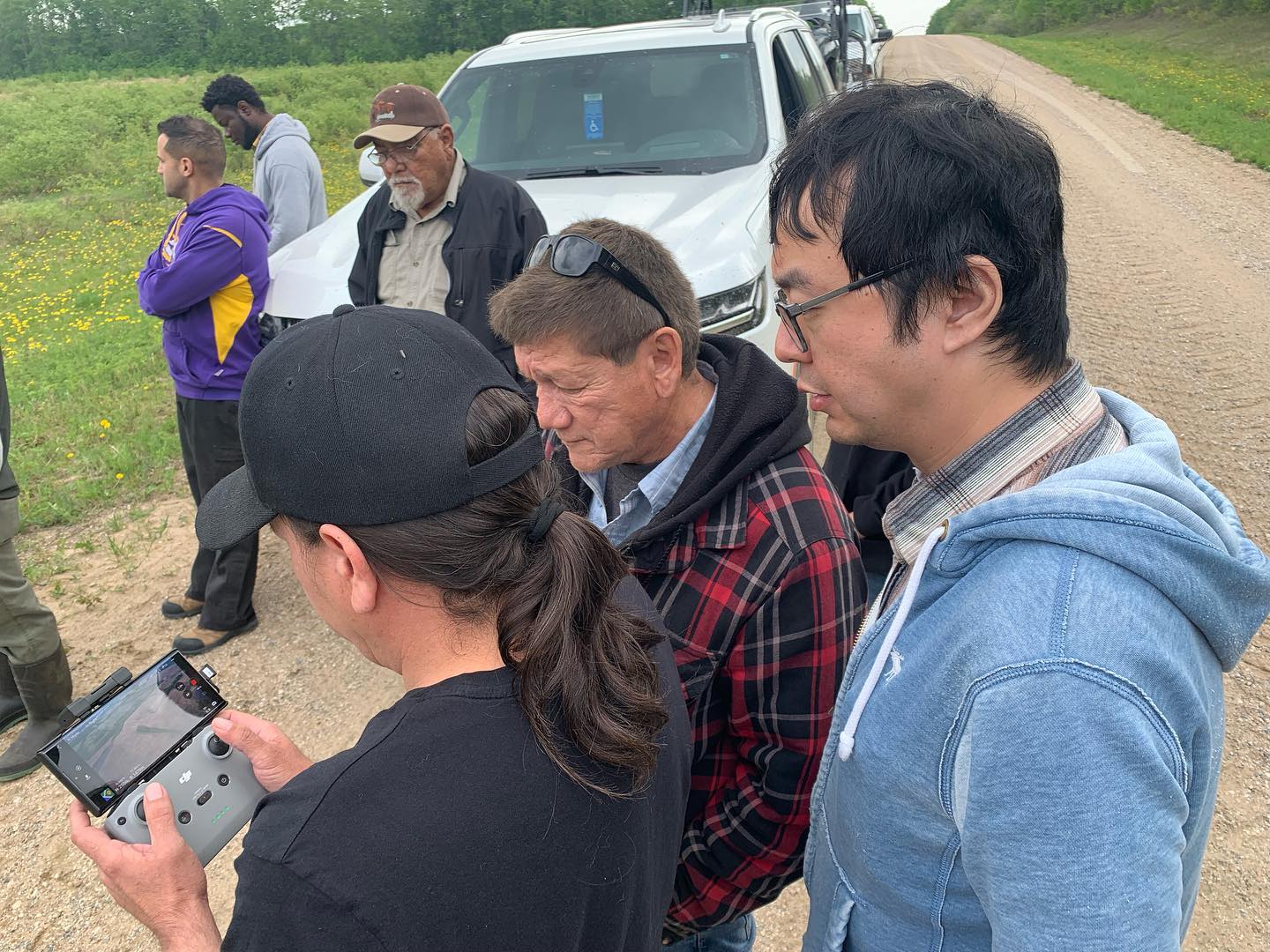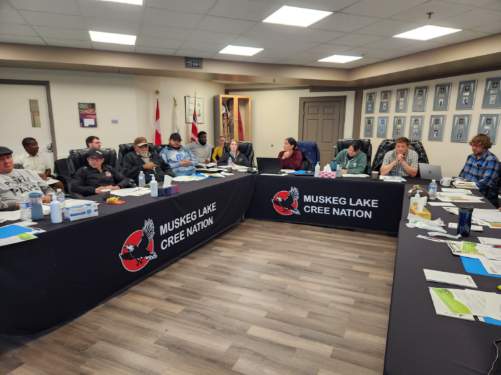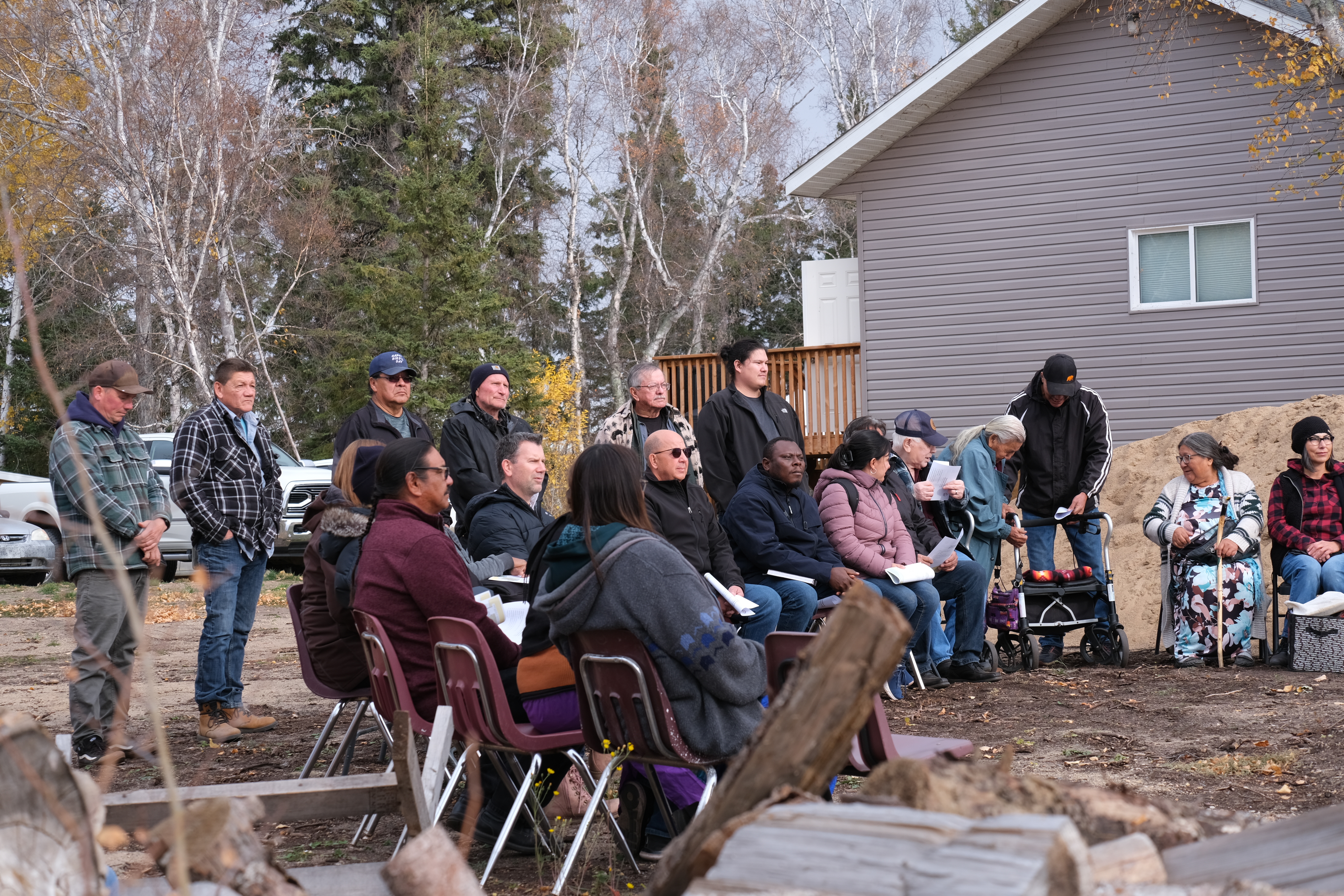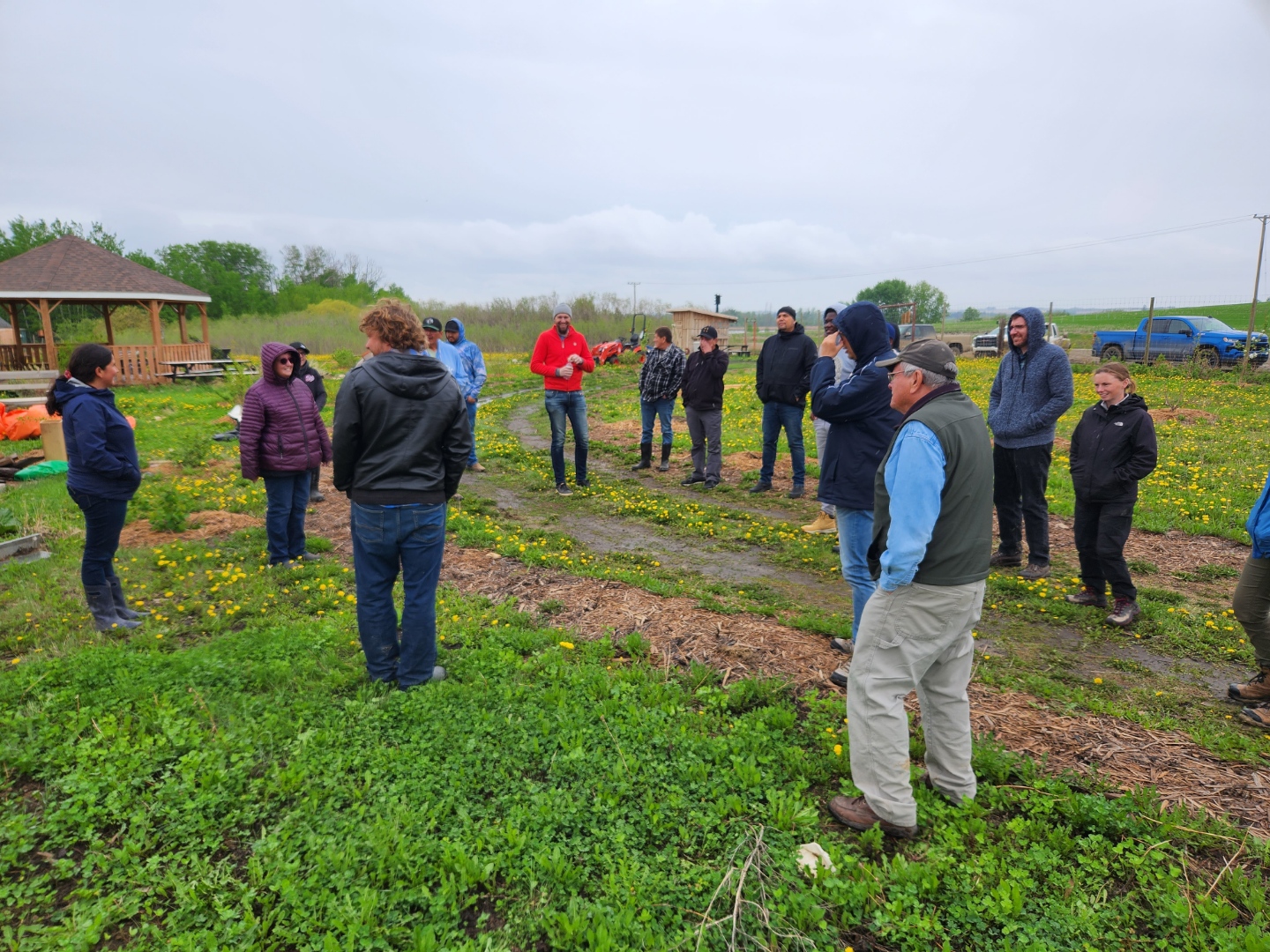Working to cultivate a better Saskatchewan
- Local Journalism Initiative - NC Raine | September 29, 2023
Three new initiatives in the province are looking to grow our planet into a healthier, more livable place.
Although new, they link back to an ethos ingrained in the history of Saskatchewan.
“In 1876 when Treaty 6 was being negotiated, Chief Mistawasis saw that things were changing, and that there were challenges we are facing as people that we would need to adapt to,” said Katherine Finn, project manager at Living Lab – Bridge to Land Water Sky. “His demonstration of partnerships and alliances set an example of bringing cultures together to find solutions to those challenges.”
The three new initiatives include the Living Lab – Bridge to Land Water Sky; Indigenous Soil Health Learning Circles for Resilient Prairie Agro-ecosystems; and Everyone Together: Water Gathering Statement, all utilize traditional Indigenous knowledge to address contemporary issues.
“The land, water, and sky are examples of how everything is interconnected,” said Finn. “So what we’re doing in the Living Lab initiative is looking for ways to implement regenerative agriculture in the prairies.”
Bridge to Land Water Sky is Canada’s first Indigenous-led ‘living lab’ – a system that brings together farmers, scientists, and other collaborators to co-develop and test innovative practices and technology to address agricultural and environmental issues.
It is a five-year collaborative project between First Nations Mistawasis Nêhiyawak and Muskeg Lake Cree Nation, as well as several other provincial and regional agencies to use innovation, research, and Indigenous knowledge to tackle real world challenges related to climate change.
As thousands of acres of band-managed reserve lands are farmed by non-Indigenous producers, the goal is to re-imagine farming systems where farmers and First Nations work towards a common goal.
“As our human species grows and populates, there’s a lot of demand on the land. And a lot of pressure on natural systems to supply us with food. And all this activity has a consequential impact on the land and environment,” said Finn. “But having greater diversity of land creates more of a buffer against potential negative impacts.”
The solutions Bridge to Land Water Sky hope to develop will protect this important biodiversity, as well as improve water and soil quality, and ways to reduce greenhouse gas emissions
“A lot of what we’re working on is really about relationship building,” said Finn. “This project is emanating the value of people’s connections to the land, and the importance of food sovereignty.”
Similarly, the University of Saskatchewan’s (USask) Soil Health project is a new initiative to develop training and knowledge around soil health and help foster biodiversity in crop production.
“The landscapes that support agricultural production in a contemporary context were built on the historical legacy of Indigenous people’s stewardship of the land,” said Dr. Melissa Arcand, associate professor at USask and soil scientist leading the project.
“The general public doesn’t always appreciate that Indigenous people made decisions that changed the land in favour of our wellbeing – not in detriment to others,” she said. “We’ve always managed the land.”
The new project is funded with $1.4 million from the Weston Family Soil Health Initiative, and will share knowledge from both an Indigenous and Western science-based perspective with First Nations and farmers who farm on First Nations land.
“It’s not a one fit solution or a unidirectional road,” said Arcand. “It’s uncommon (to utilize western and Indigenous knowledge) from a conventional agricultural standpoint, which is the more prevalent way we think about food production.”
Conventional agriculture production is the main economic land use on First Nations lands in the prairies. But Arcand said on a broad scale, the agriculture industry here has become less diversified.
“Our agriculture system is set up to be an export-oriented product and commodities being sold on a global marketplace,” said Arcand. “So that’s the reason farmers grow what they grow. But I think we could improve the diversity of the crops we grow.”
“We’re in an era where we really have increased stressors, whether it’s drought or flooding or pests or disease,” said Arcand. “All of these stressors really negatively influence our agricultural systems so if we can build more diversity into those systems, we will have real resiliency.”
Lastly, a group of 22 participants representing 14 First Nations have created a protocol entitled ‘Everyone Together: Water Gathering Statement’.
The statement outlines four areas of focus: prioritizing wellness of communities; abiding by local protocols; the need for equity in support and funding knowledge; and keeping intellectual property with the communities.
“We have a responsibility to design research as stewards of our land, waters, and peoples,” said Anthony Johnston, a Knowledge Keeper with Mistawasis Nêhiyawak, in a prepared statement. “We envision a future where research is led by Indigenous communities and is responsive to their needs, centres Indigenous Knowledge, and helps to grow healthy water, relationships, and communities.”
The goal is to have the protocol help guide water research in Canada and around the world during these times of environmental instability.
By taking a long-term view of where this could work, Arcand hopes it elevates knowledge that has been marginalized for the last fifty years.
“In an ideal world, Saskatchewan would look productive while fostering biodiversity,” said Arcand. “It would be a place where people could actually have successful livelihoods from, where people could acquire healthy food from.”

